Fix Error 0X800F080C on Windows
The installation or activation of optional features like .NET Framework 3.5 or Windows Subsystem for Linux often fails midway with error 0x800F080C on Windows systems. The error code means “Feature name unknown,” indicating that the requested component is missing or not recognized by the system image.
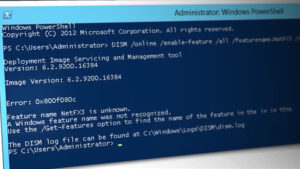
The most common cause is a broken or incomplete Windows image, especially when DISM cannot find the required files. Additional causes include registry corruption and offline servicing misconfigurations.
Now that you know the possible causes, here’s a list of straightforward solutions that have worked for other users:
1. Enable .NET Framework 3.5 Using Windows Features (if applicable)
If you saw the 0X800F080C error when attempting to enable .NET Framework using Command Prompt or PowerShell, you may be able to avoid the error by installing it directly from the Windows Features screen.
Windows 10 and 11 include a copy of .NET Framework version 3.5—you just need to activate it. Some users who encountered error 0X800F080C via CLI tools resolved it through this graphical method.
- Press Windows key + R to open the Run dialog. Type appwiz.cpl and press Enter.

- In the Programs and Features menu, click
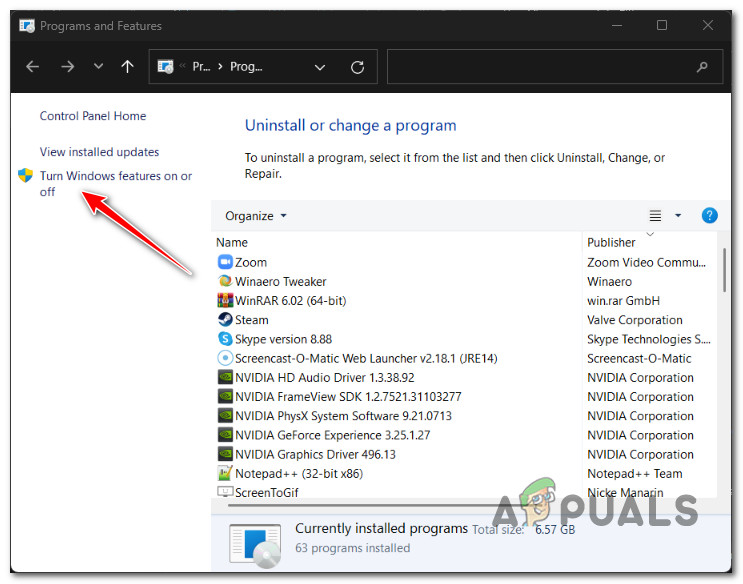
Access the Turn Off or On Windows Features screen .
- Check the box next to .NET Framework 3.5 (includes .NET 2.0 and 3.0) and click OK.
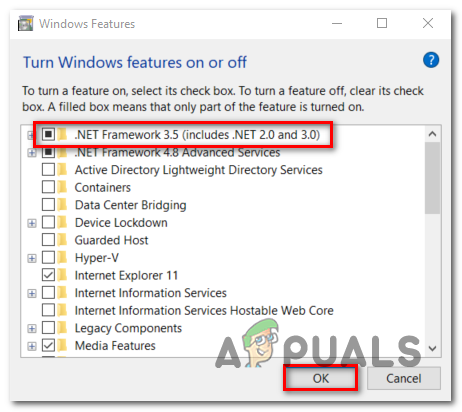
Enabling the .NET framework 3.5 - Click Yes when prompted. Wait for the installation to complete.
- Restart your computer and check if the issue is resolved.
2. Run the .NET Repair Tool (if applicable)
The .NET Framework Repair Tool can fix issues related to .NET Framework 4.x versions. While it’s not designed for .NET Framework 3.5, you may still try it if you’re unsure which version is causing the error or if you’re facing issues with multiple .NET components.
- Go to the official Microsoft .NET Framework Repair Tool page.
- Select only NetFxRepairTool.exe and click Next.
- Run the downloaded file and allow UAC permissions.
- Accept the license agreement and click Next.
- Wait for the tool to scan and repair .NET-related components.
- Once finished, restart your PC. Then check if the error is resolved when installing .NET again.
3. Run SFC and DISM
Corrupted system or Windows update files can cause update failures. Running the System File Checker (SFC) and Deployment Image Servicing and Management (DISM) utilities can help repair and restore corrupted files. SFC scans for and replaces corrupted system files, while DISM can fix system issues and add updates or drivers.
- Open the Search menu, type Command Prompt, right-click it, and select Run as Administrator.
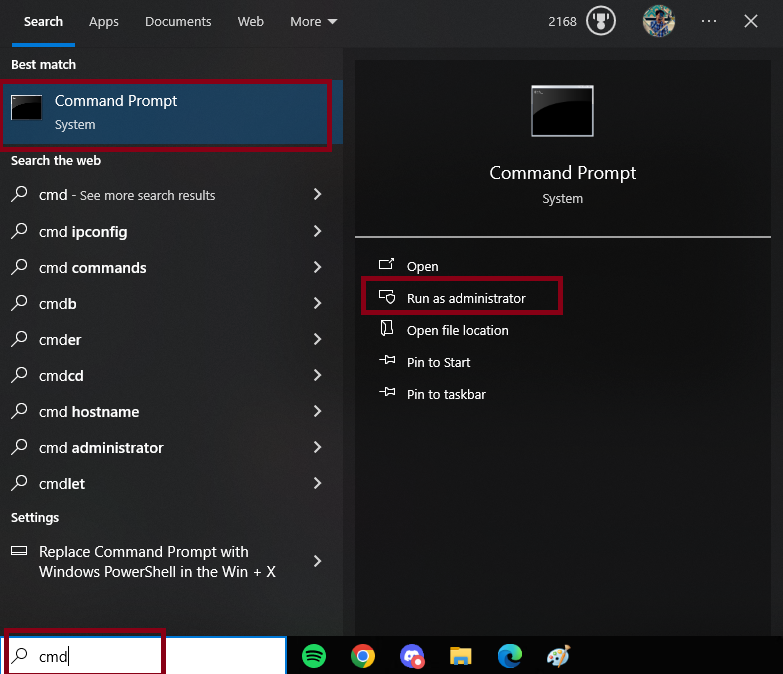
- Enter the following command in Command Prompt:
sfc /scannow
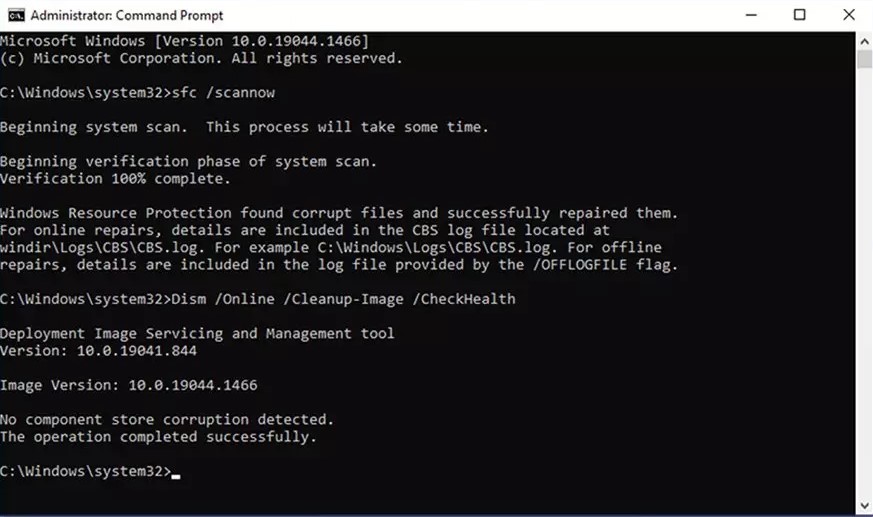
- Restart your PC after the scan completes.
If the issue persists, - Run the following commands in Command Prompt as administrator:
Dism /Online /Cleanup-Image /RestoreHealth
- Close Command Prompt and restart your PC.
4. Reset All Windows Components
If none of the previous fixes have solved the 0X800F080C error, there’s likely a deeper problem with your system files. At this point, the best way to fix the issue is to reset all Windows components. This can be done using either a clean install or a repair install (in-place upgrade).
You can check our detailed article on:




